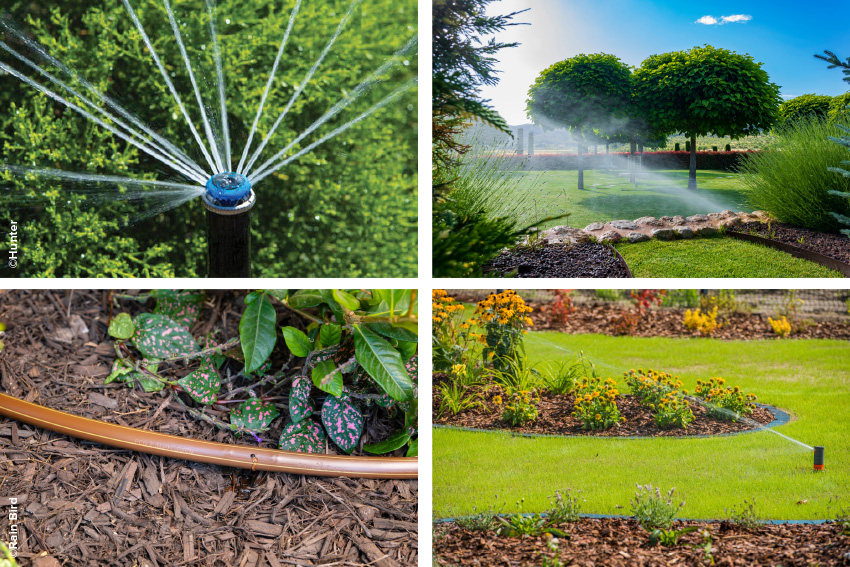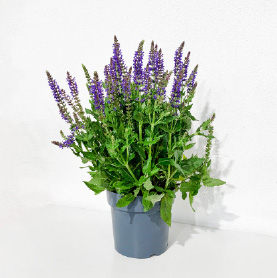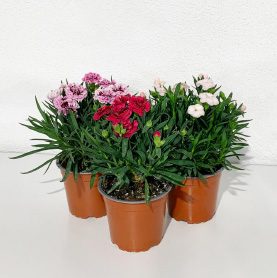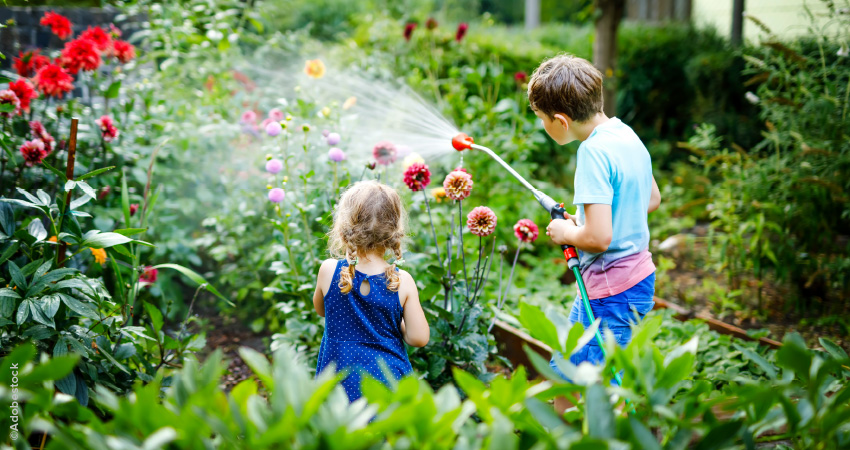Warm, long days and mild nights invite you to make the most of the outdoors. Get the garden ready and welcome the good weather!
As temperatures rise, having a well-kept outdoor area with the right plants and an automated watering system is essential if your garden is to maintain its beauty and liveliness!
Learn about the various irrigation systems
For each area of your garden, depending on the type of vegetation, there is a more suitable type of irrigation system. Before installing an irrigation system, you need to analyse the garden, identify the water needs of the vegetation in question and install the most suitable type of irrigation for each area. In this way, you can be sure that your plants will receive the amount of water they need in the most appropriate way.

Find out about the different irrigation systems and choose the right one for your garden!
Macro irrigation or sprinkler irrigation: The water is distributed on the ground under the effect of ‘rain’, allowing uniform and regular watering over the entire surface.
Sprinklers: Suitable for medium to large areas, such as lawns or public parks, sprinklers are rotating emitters that work at medium pressure and can reach a distance of between 6 and 25 metres.
Sprayers: Ideal for watering small areas, sprayers or static heads are emitters that also work at medium pressure but with a reduced range – between 1.5 and 5.5 metres.
Localised or drip irrigation: Irrigation is carried out close to the ground using linear tubes with drippers, ideally located close to each plant, which distribute the water in the form of a drop. This is a system that works with low flow rates and pressure levels, which is widely used and is the most sustainable and resource-saving.
Micro-sprinkler irrigation: With this irrigation system, water is distributed in plots on the ground by means of micro-sprinklers that distribute the water in the form of ‘rain’ or nebulisation. As this is a short-range irrigation system, it is ideal for watering flowerbeds, small beds or small areas where the total pressure and/or flow rate available is low.
If you have any doubts, seek help from the professionals at Horto do Campo Grande who will show you the right watering system for your garden, terrace or balcony.



What to plant in the warmer months
The beginning of summer is the right time to plant colourful flowers with pleasant aromas that you’ll harvest later. It’s time to plant petunias, salvias and carnations, as well as asters, gouts, gypsophila, primroses and forget-me-nots.
Remember that some plants and vegetables are more sensitive to extreme temperatures, and in order for them to grow healthily during the hot season, they need to be protected. To minimise water loss and protect your plants’ feet from the heat, you can choose to mulch your crops by covering the soil with organic materials such as tree leaves, grass clippings or pine bark. This will protect the soil, keep it cool, reduce evaporation and prevent damage.

